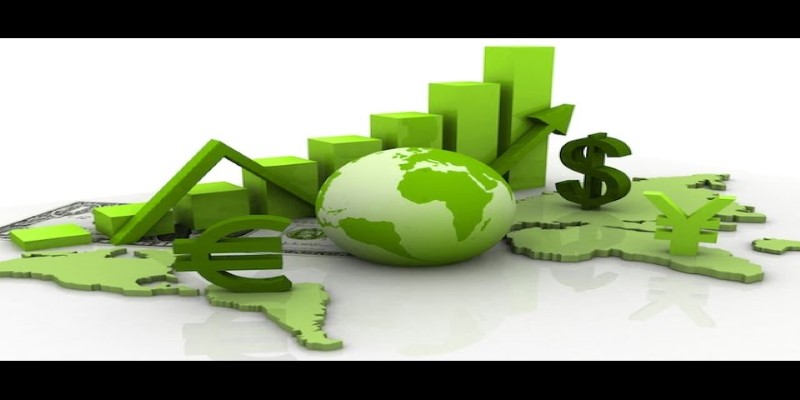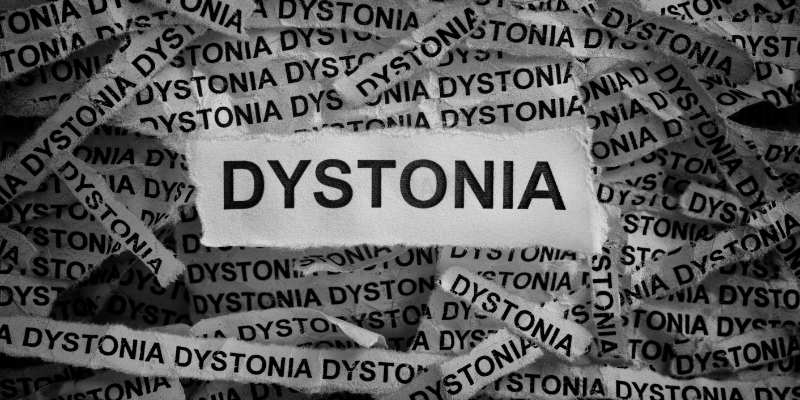How Does a Market Economy Shape Our World?
A market economy is, in fact, something that many of us experience daily in the world around us, whether it be in the groceries that we buy or the services that we use in every way goods and services are exchanged according to the principles laid by a market economy. But what does this essentially mean? In simple words, a market economy is one where the decisions for production investment and distribution are guided by the supply and demand for the availability of goods and services.

Understanding how the market economy works will help you explain the forces behind the ever-changing prices you pay, the ever-changing job market, and even where society as a whole is headed. Read on for an explanation of what a market economy is, how it works, and why it matters. Let's break this economic system down in simple terms so we can better understand its role in our lives.
What is a Market Economy?
A market economy is fundamentally based on the idea of voluntary exchange. This means that individuals and businesses can make their choices of what to produce, for whom, and how in regard to production. Supply and demand forces determine prices, which in turn determine what goods and services the market offers. This creates a wide array of options for a consumer in a market economy, whereby businesses compete to attain the highest level of demand with regard to the needs of consumers. In addition, this flexibility of a market economy allows it to be responsive to shifts in consumer preferences and technological changes, making sure that it remains responsive to new fads and demands.
How Does a Market Economy Function?
In a market economy, the system's functioning can be broken down into several key components: supply, demand, competition, and price.
Supply refers to the quantity of a good or service that producers are willing and able to offer at different price levels. Demand, on the other hand, refers to consumers' desire to purchase a good or service at different price points. These two forces interact constantly, with producers adjusting supply based on consumer demand and consumers making purchasing decisions based on price levels.
Competition is another vital element of a market economy. When multiple businesses offer similar goods or services, they compete for consumers' attention. This competition drives innovation, improves quality, and often reduces prices, benefiting the overall economy.
The interplay of supply and demand determines prices in a market economy. When demand for a product increases, the price typically goes up, which encourages producers to supply more of that product. Conversely, when demand drops, prices tend to fall, leading producers to scale back production. This process ensures that resources are allocated efficiently, directing them toward the most valued goods and services at any given time.
Advantages of a Market Economy

A market economy offers various advantages, both for businesses and individuals. One of the main benefits is the ability to respond quickly to changes in consumer preferences. Since the demand for goods and services drives businesses, they can rapidly adjust to meet new trends or changing consumer needs.
Another advantage is the strong incentive for innovation. In a competitive market economy, businesses must constantly improve their products and services to stay ahead of their competitors. This can lead to new technological advancements and creative solutions that benefit society as a whole.
Market economies also tend to promote economic growth. As businesses grow and innovate, they often expand their operations, hire more workers, and increase their production. This can lead to a cycle of increasing prosperity, with more goods and services being available to consumers.
Finally, a market economy encourages personal freedom. Individuals are free to make their own decisions about how to spend their money, invest, or start businesses. This freedom can lead to greater individual satisfaction, as people are able to pursue their own goals and ambitions within the context of a functioning market.
Challenges of a Market Economy

While market economies have many benefits, they are not without their challenges. One significant issue is income inequality. In a market economy, individuals and businesses with the most successful products or services tend to reap the greatest rewards. However, this can lead to significant wealth disparities between different groups in society.
Another challenge is the potential for market failure. While the market generally functions efficiently, there are situations where it may not allocate resources effectively. For example, public goods (such as clean air) or externalities (like pollution) may not be addressed by the market system because businesses have little incentive to account for the broader social impact of their actions.
Additionally, a market economy can sometimes lead to overproduction or underproduction. For example, if demand for a product is misjudged, businesses may either produce too much, leading to waste, or too little, resulting in shortages. This lack of central planning can cause inefficiencies that harm the overall economy.
Lastly, market economies are vulnerable to economic cycles. The market fluctuates between periods of growth and recession, which can lead to uncertainty and instability. While these cycles are natural, they can have significant impacts on jobs, income levels, and economic security.
Conclusion
A market economy is a powerful system that relies on supply, demand, and competition to guide the allocation of resources. It encourages innovation, efficiency, and personal freedom while allowing individuals and businesses to respond quickly to changes in the market. However, it’s not without its drawbacks, such as income inequality, market failures, and the risk of economic instability. Understanding how a market economy works helps us make sense of the world around us, from the products we purchase to the opportunities available in the job market.












